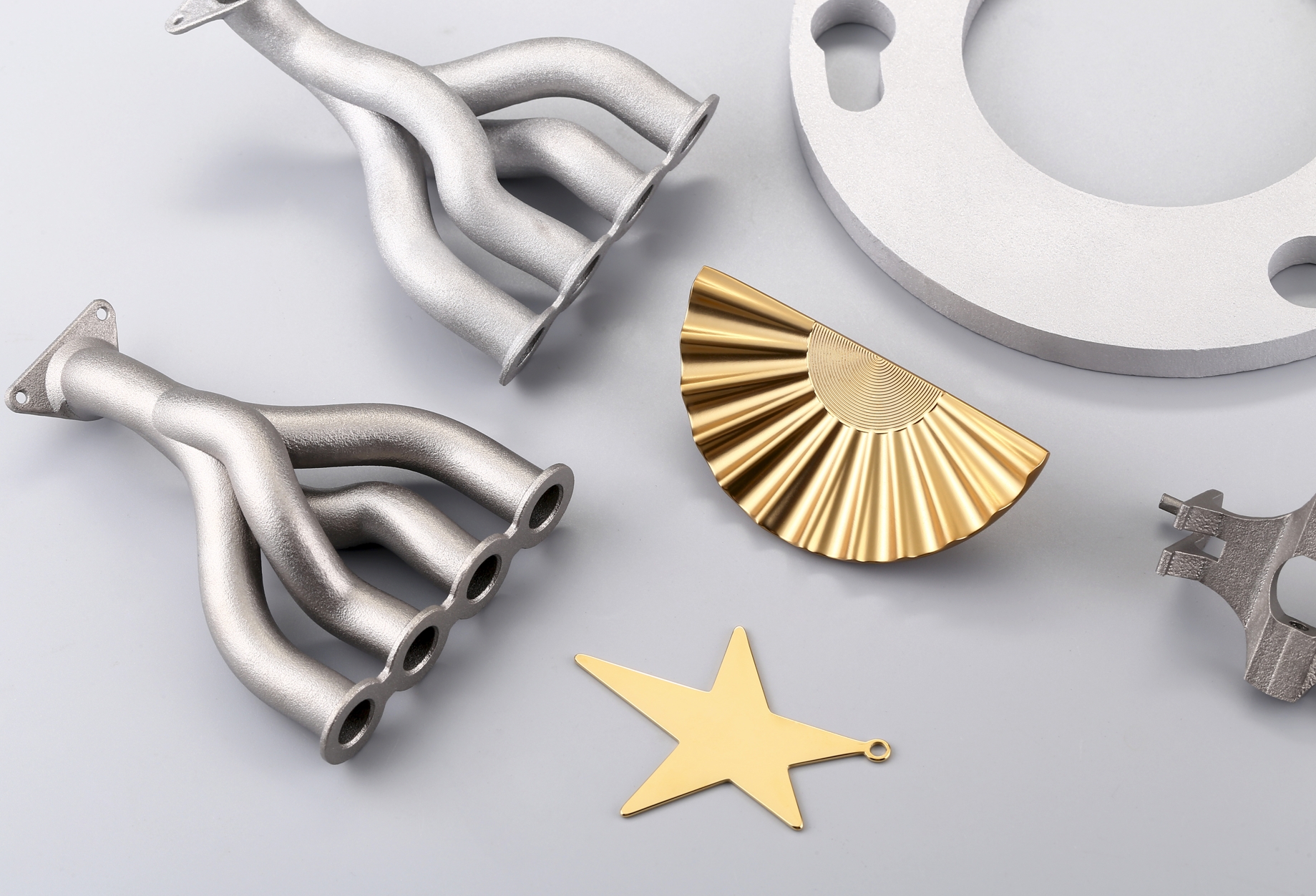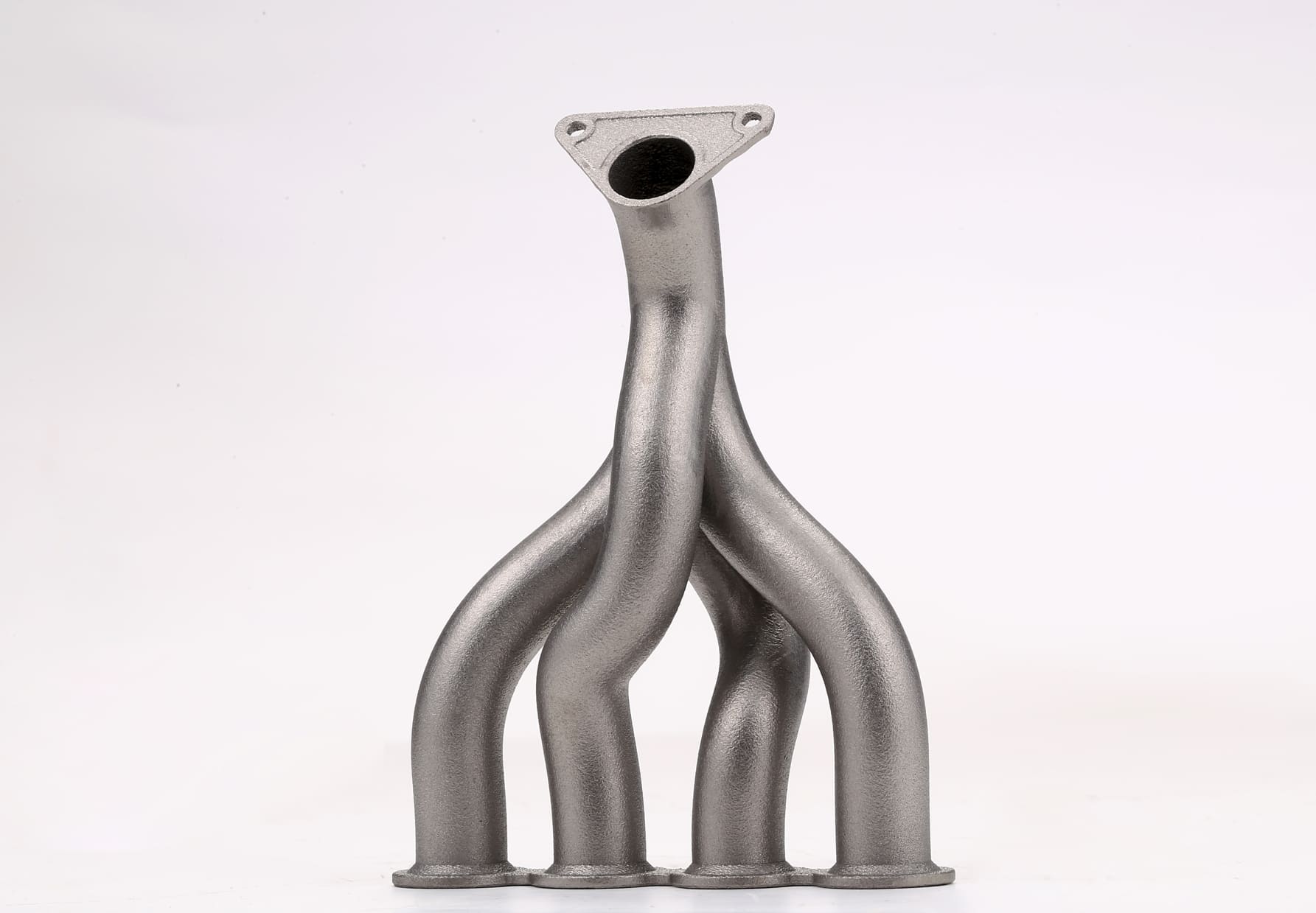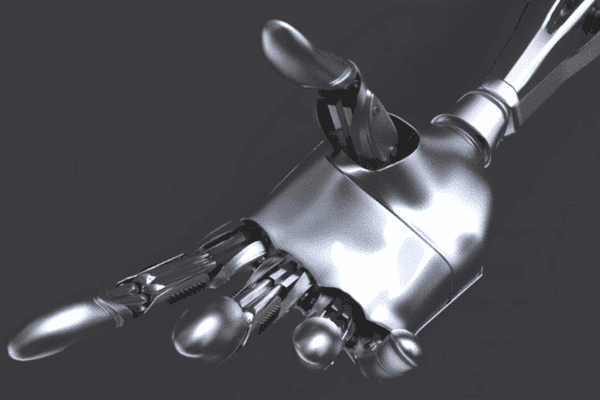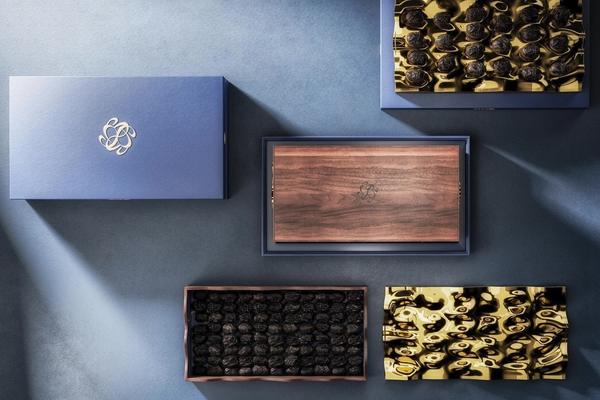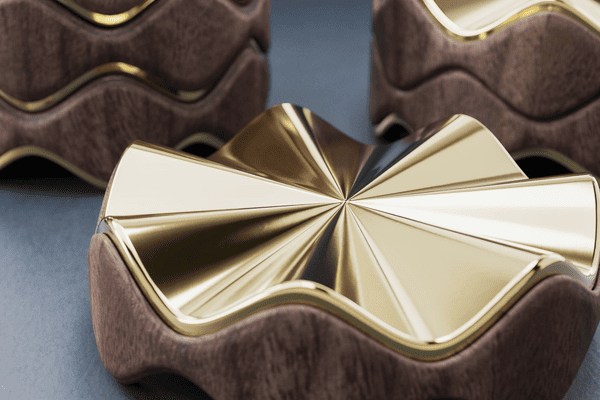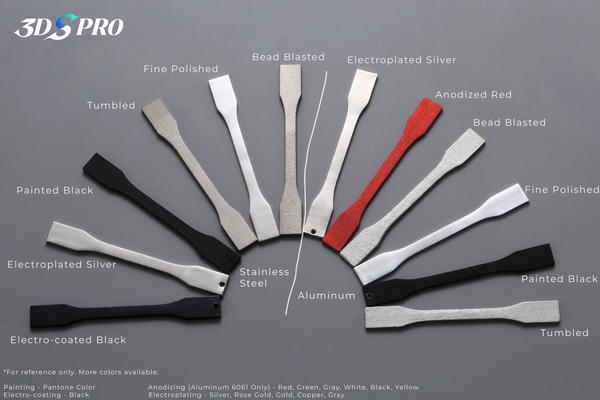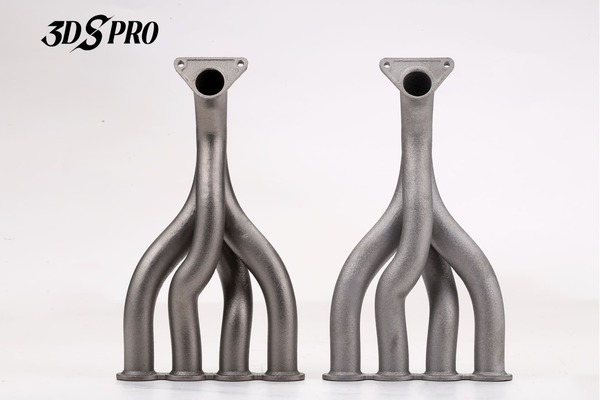Physical Vapor Deposition (PVD) is Used for Food Packaging
In our previous case study, we successfully utilized PVD coating for the packaging of dates for Dunes and Stem. All of the packages were applied stunning gold surface finishes. The PVD coatings provide food-safe and protective properties, ensuring the durability and hygiene of the packaging.
To put it simply, Physical Vapor Deposition (PVD) is a coating process used to create a thin film on the surface of various materials. PVD coating transforms solid material into a vapor, which then condenses onto the substrate, forming a thin, uniform layer. PVD coatings are food-safe, durable, wear-resistant, and polished.
By using PVD coating, the packaging preserves the quality of dates. Additionally, PVD coated packaging is safe for food contact, which complies with industry food safety standards.

What is PVD coating?
PVD coating involves the vaporization of a solid material in a vacuum chamber, which is then deposited onto a target material. PVD coatings can alter the surface characteristics of an object, providing enhanced mechanical, chemical, electrical and optical properties.
By transferring coating materials at the atomic or molecular level, PVD provides extremely pure, high-performance coatings that are often preferred over other methods in many applications.
PVD is used in a wide variety of industries, including optical applications (from eyewear to self-cleaning tinted windows), solar photovoltaic applications, device applications such as computer chips, displays and communications, and functional or decorative finishes. These finishes include a durable hard film protector, bright gold, platinum or chrome.
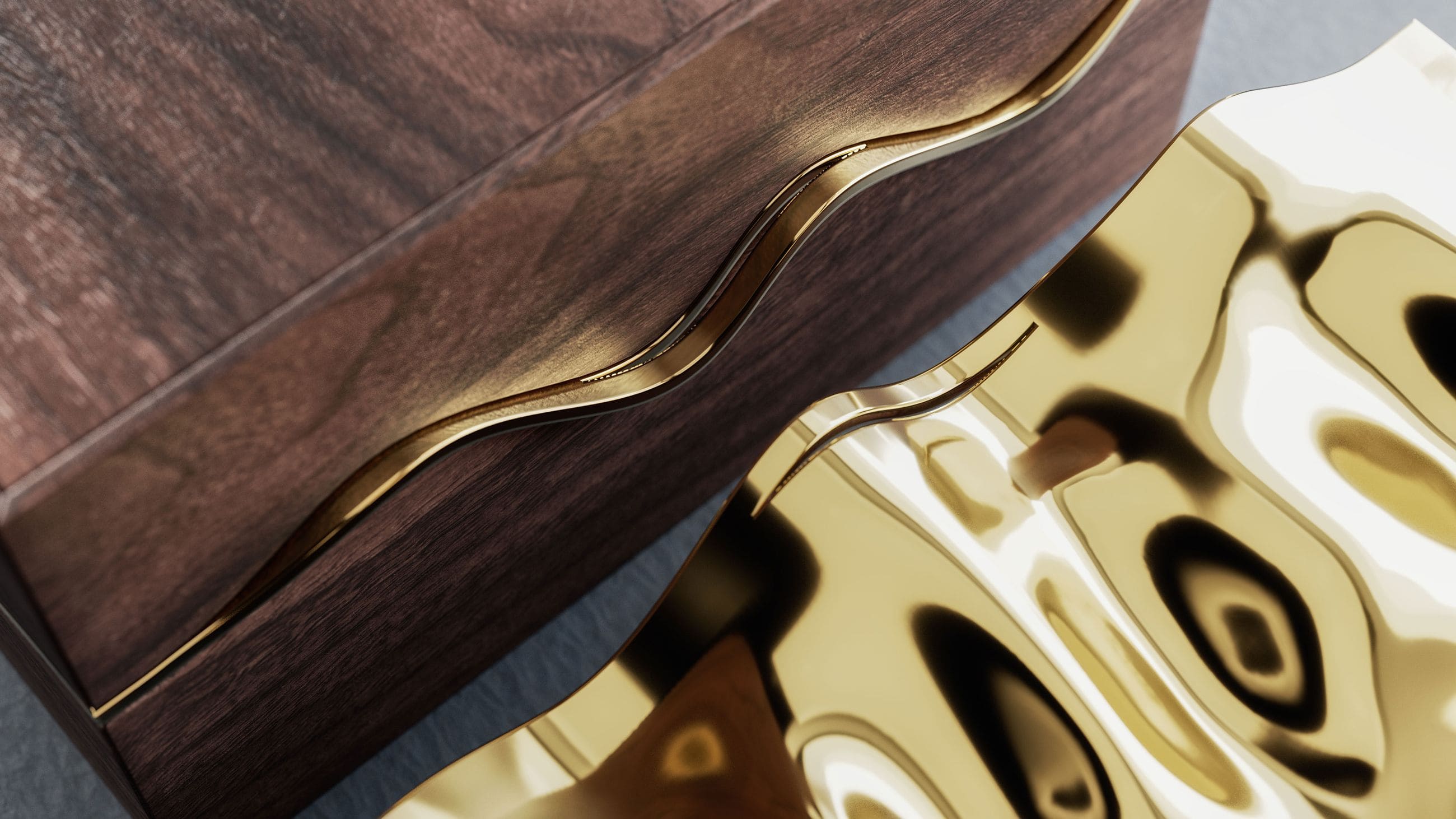
Performance of Parts with a PVD Finish
Enhanced Durability and Wear Resistance
One of the outstanding features of PVD coatings is the exceptional durability. By applying a PVD coating, the wear resistance of a part is significantly improved, making it useful for components exposed to high friction or abrasive conditions, ensuring they remain intact and functional over time.
Improved Hardness
PVD coatings significantly increase the hardness of coated parts. The increased hardness provides excellent protection against scratches, dents, and other forms of mechanical damage.
Corrosion and Oxidation Resistance
PVD coatings have excellent corrosion and oxidation resistance. They are ideal for components exposed to harsh environments, such as chemical processing and marine and outdoor applications. The coating acts as a barrier, protecting the substrate from corrosive elements and extending the life of the component.
Temperature Resistance
PVD coatings can withstand high temperatures without degradation, making them suitable for parts exposed to extreme heat, such as engine components, cutting tools, and other high-temperature environments.
Aesthetic Enhancement
In addition to its functional benefits, PVD surface treatments are also visually appealing. The coating can be applied in various colors and finishes, such as gold, chrome, or matte, which is highly suitable for consumer goods, decorative items, and luxury products. In our case, the date packaging is PVD-plated titanium, giving it a stunning golden color.
Environmentally Friendly
PVD coating processes are environmentally friendly because they do not generate hazardous waste or involve toxic chemicals.
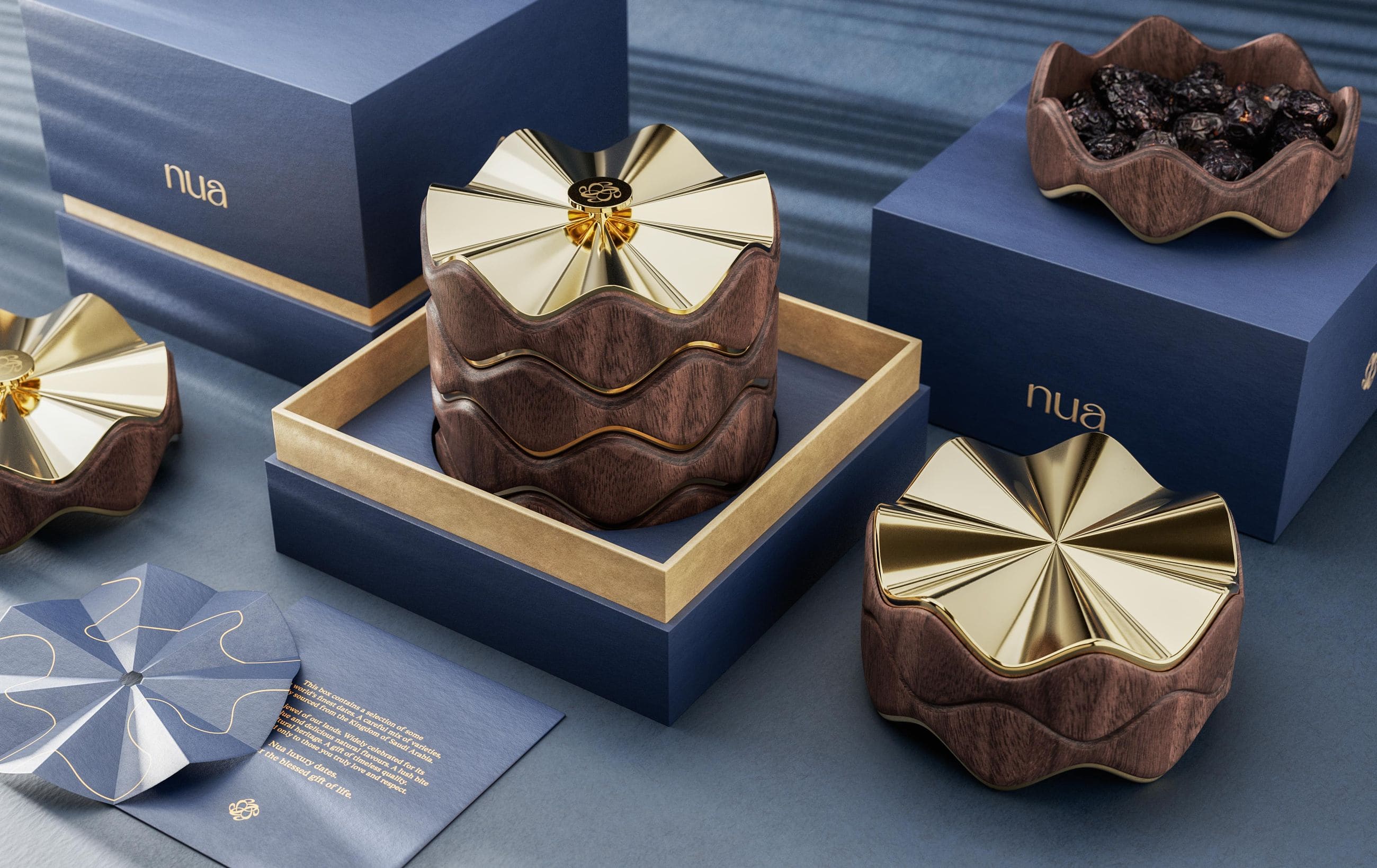
How does PVD coating work?
1. Remove Contaminants or Burrs
The substrate (the item to be coated) is thoroughly cleaned to improve the adhesion and quality. In our case, we use metal polishing to smooth and enhance the surface finish of the 316L sheet before applying PVD coatings.
2. Vaporization
The coating material, typically in solid form, is vaporized in a high vacuum environment. There are two common PVD coating processes: thermal evaporation and sputtering.
In thermal evaporation, the coating material is heated until it evaporates. During sputtering, high-energy electrical charges bombard the coating material, causing it to release atoms or molecules.
3. Transportation
The vaporized material is transported in the vacuum chamber toward the substrate. The vacuum environment ensures that the vaporized particles do not collide with other particles, thus maintaining their purity and consistency.
4. Condensation
The vaporized material condenses on the surface of the substrate to form a thin, uniform film. The thickness and properties of the coating can be precisely controlled through process parameters.
5. Cooling and Finalization
Once the desired thickness is reached, the substrate is allowed to cool, and the coating process is complete. The PVD-coated substrate is ready for use.
PVD Coating Materials
PVD coatings utilize a wide variety of materials known as "targets" or "source materials" that are sputtered or vaporized in a vacuum chamber. These materials include metals, alloys, ceramics, and nearly every element in the periodic table, selected based on the requirements of the final product.
Specialty coatings such as carbides, nitrides, silicides and borides are used for specific applications, each with unique performance qualities. For example, graphite and titanium are often used in high-performance aerospace and automotive components where friction and high-temperature resistance are critical.
To achieve uniform thin film coatings, the deposited material is usually rotated on multiple axes at a uniform speed or moved on a conveyor belt through a plasma stream. The PVD coating process allows single or multiple layers of coating to be applied in the same deposition cycle, typically to a thickness of only a few atoms or molecules.
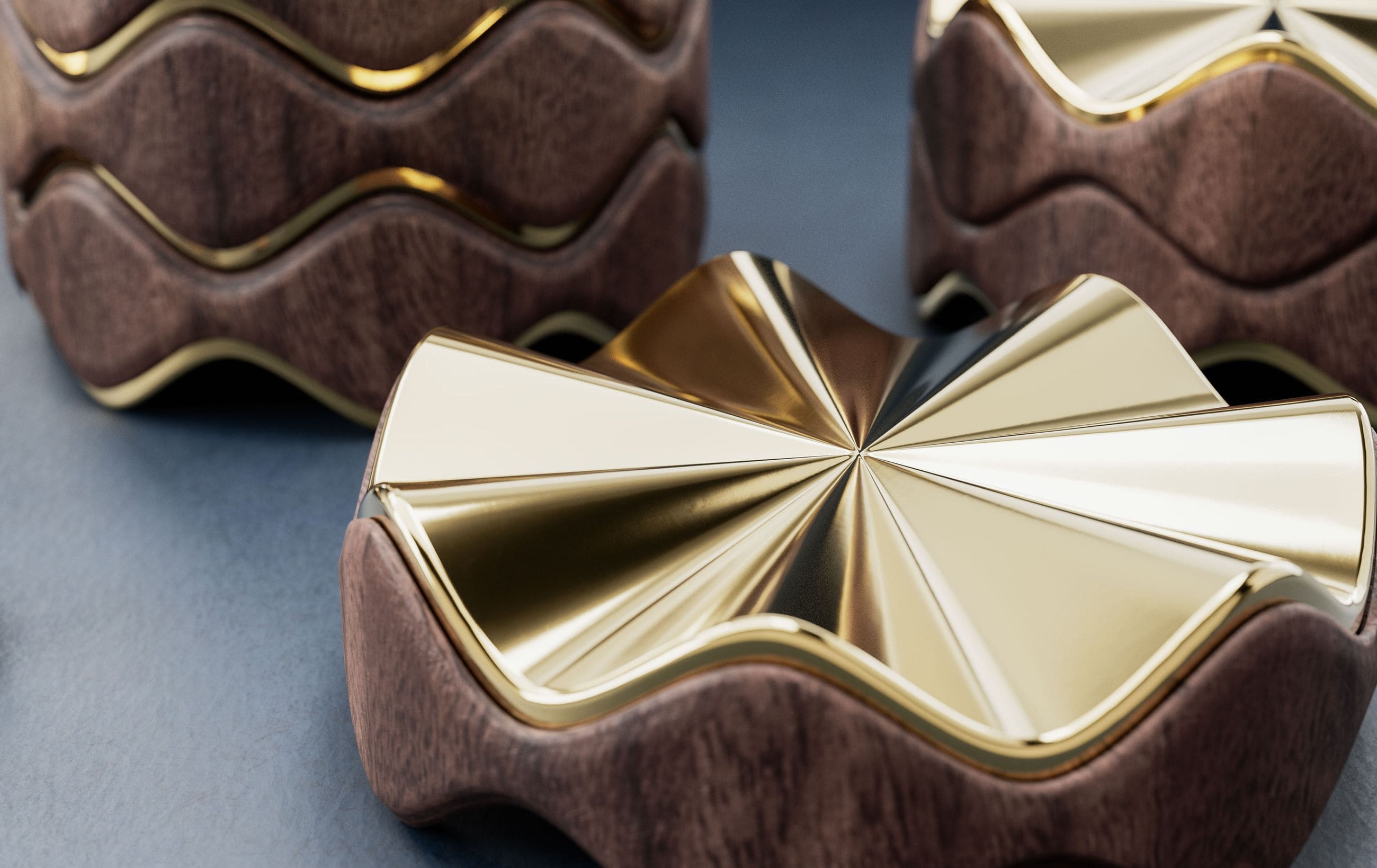
Other Surface Finishing Methods Similar to PVD Coating
Powder Coating: involves applying a dry powder, which is then cured under heat to form a hard, protective coating.
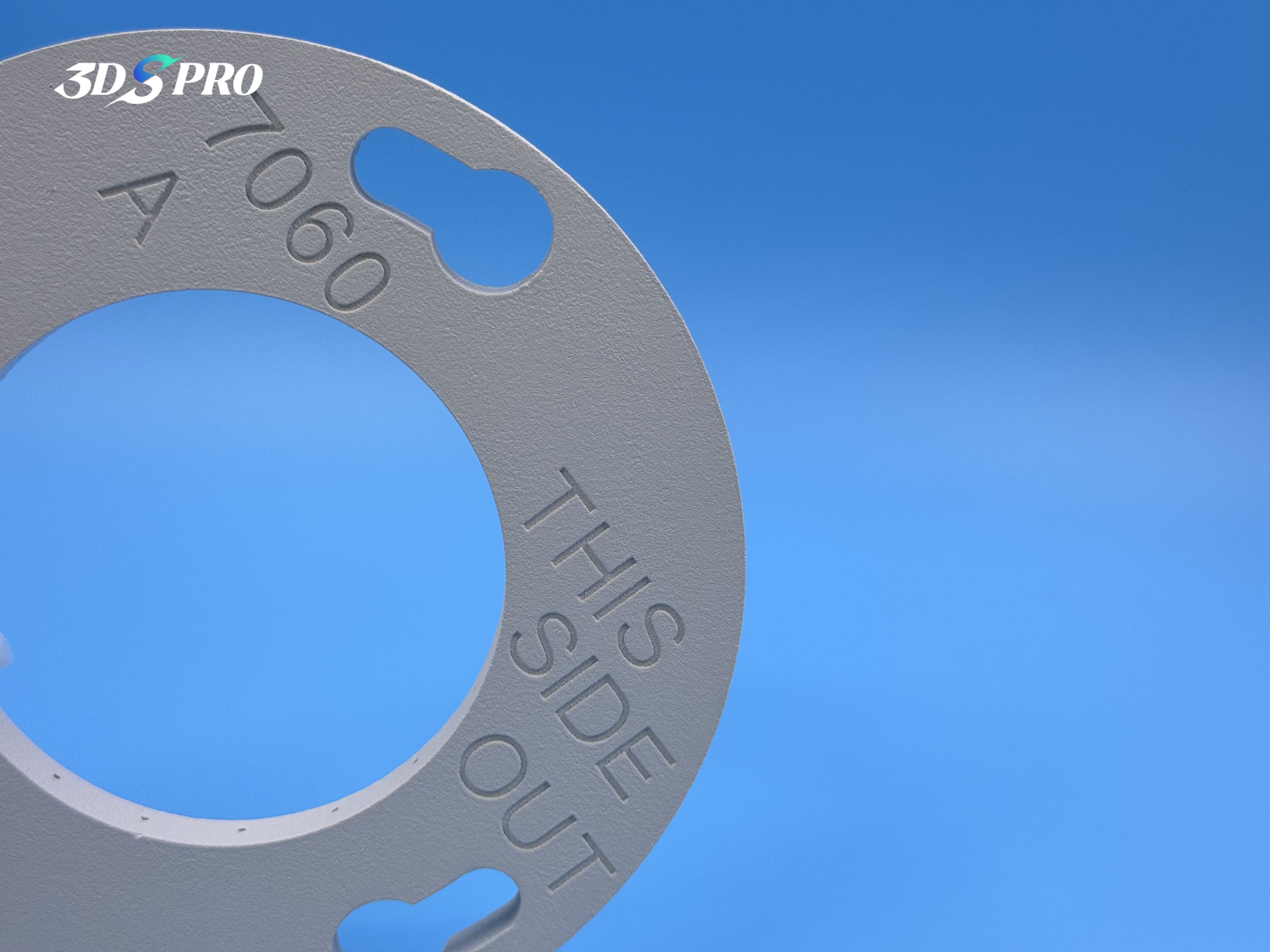
Anodizing: an electrolytic process that enhances the natural oxide layer on metals such as aluminum, improving corrosion and wear resistance.

Electroplating: uses an electric current to deposit a metal coating onto a substrate, providing corrosion resistance and aesthetics.
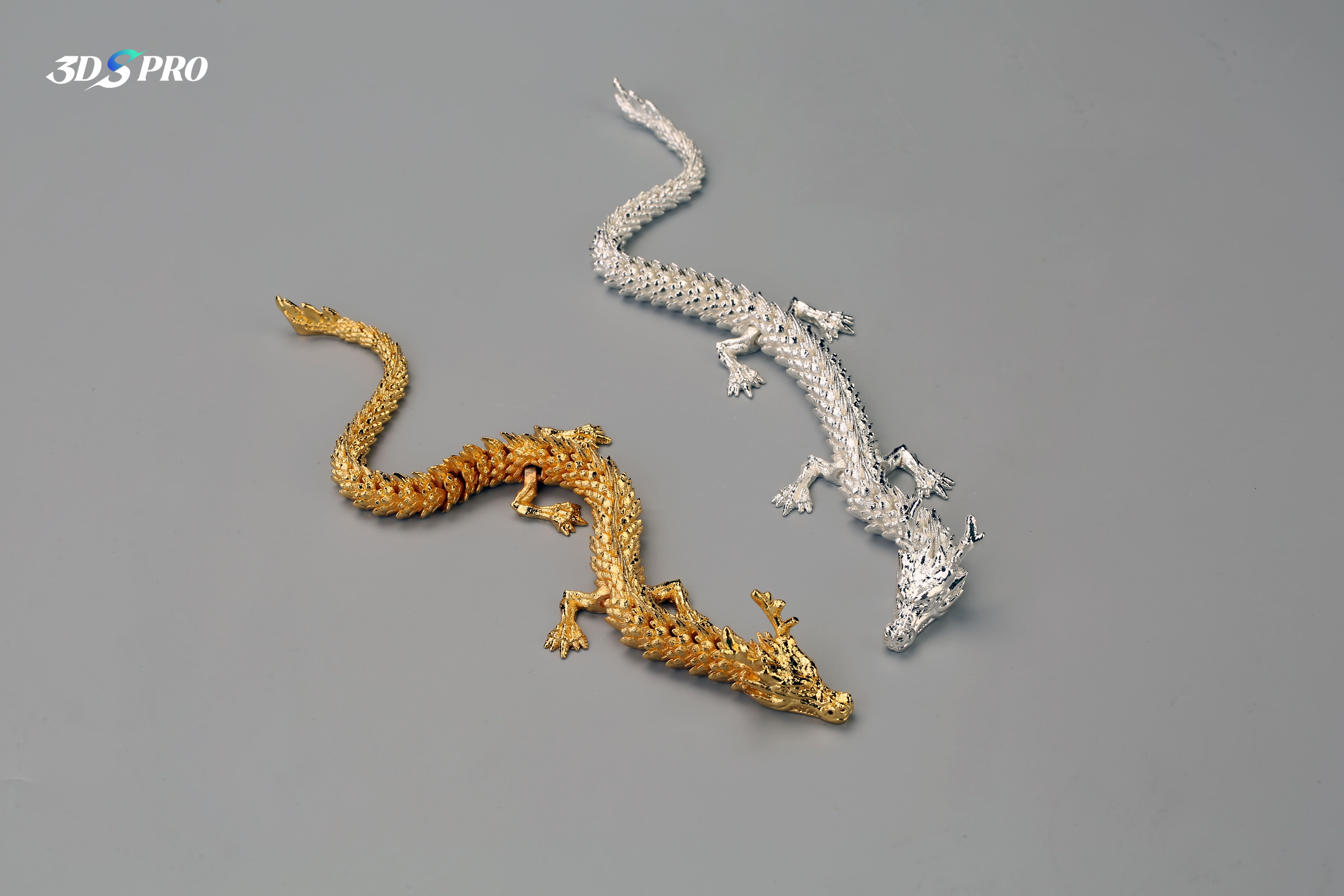
Electrocoating: Uses electrical current to deposit a paint or coating onto a conductive substrate, providing uniform coverage.
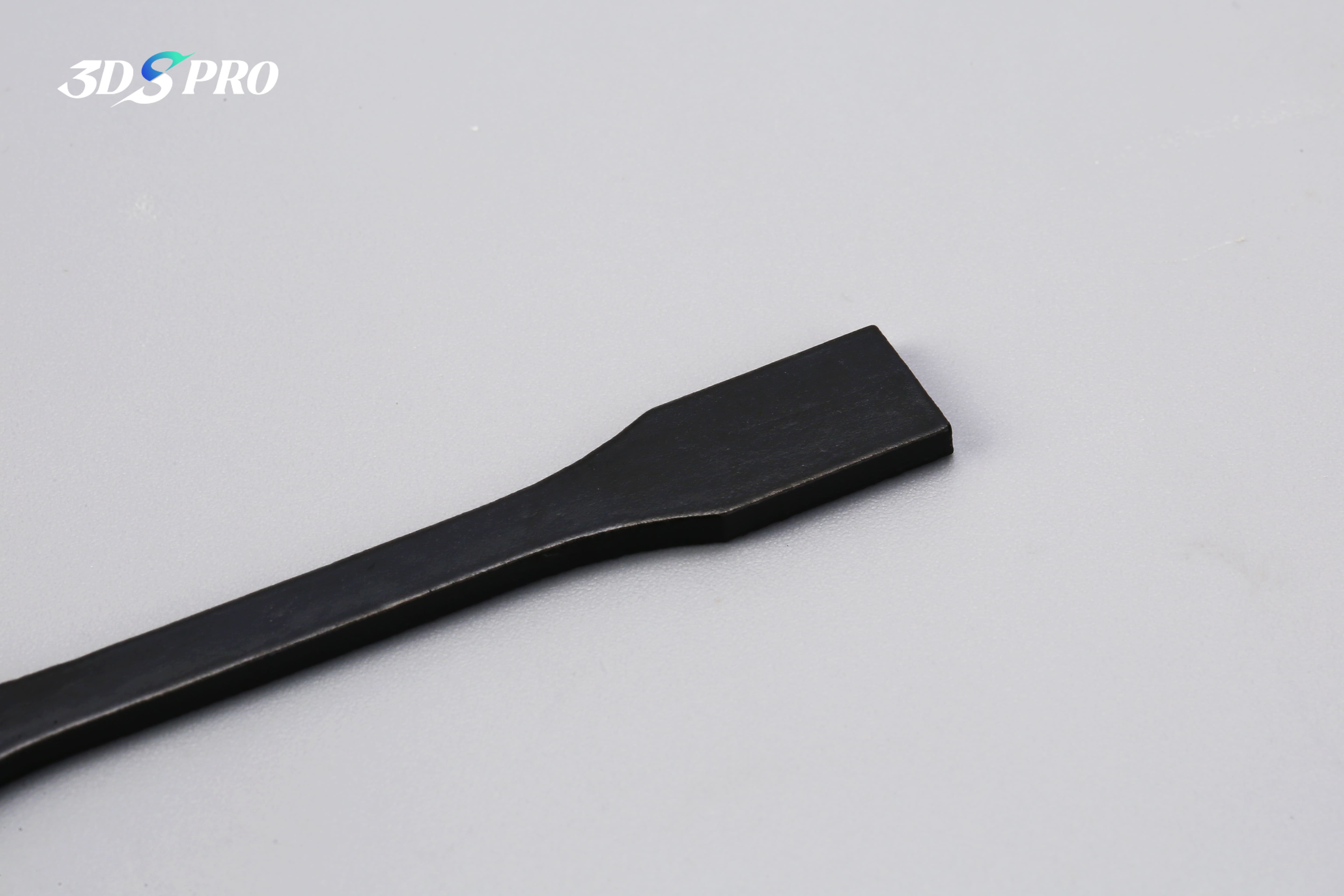
Plasma Electrolytic Oxidation (PEO): an advanced anodizing process that creates a ceramic-like oxide layer on metals such as aluminum, magnesium, and titanium.
Photochemical Machining (photo etching): etching metals using light-sensitive chemicals and ultraviolet light to create intricate designs and components.












